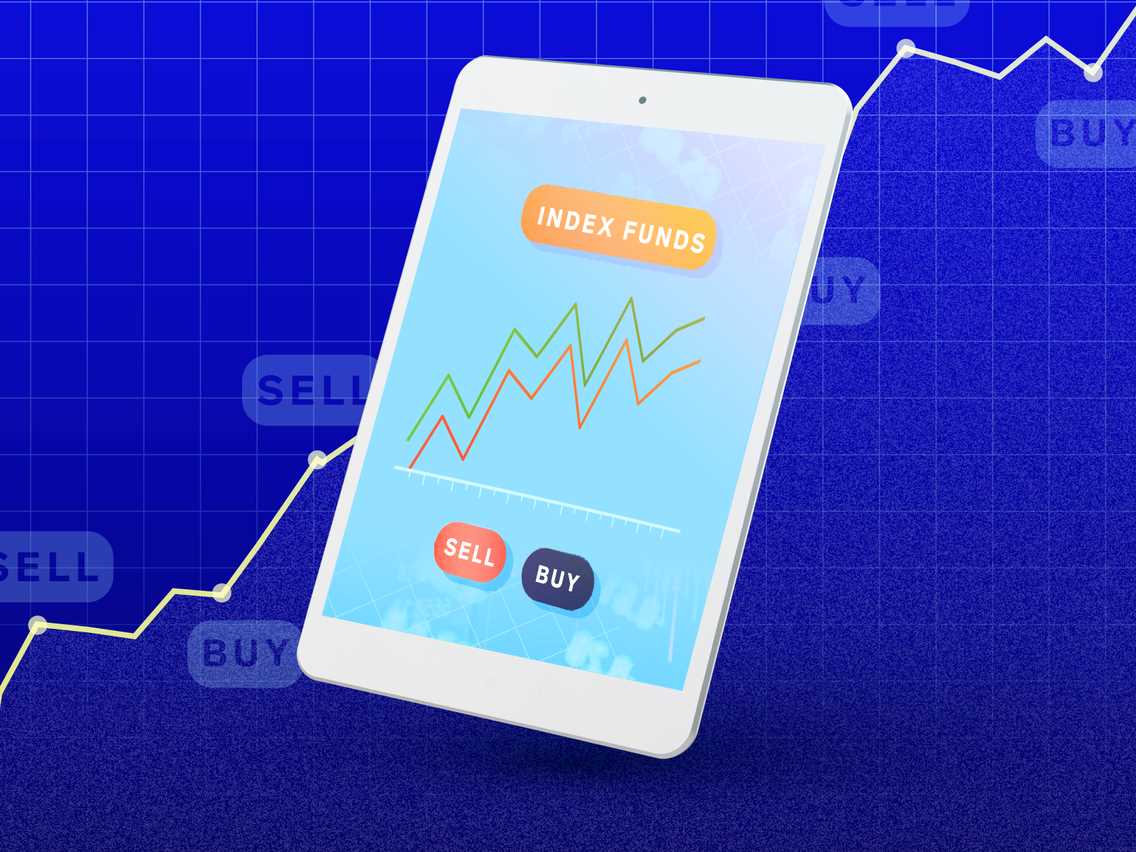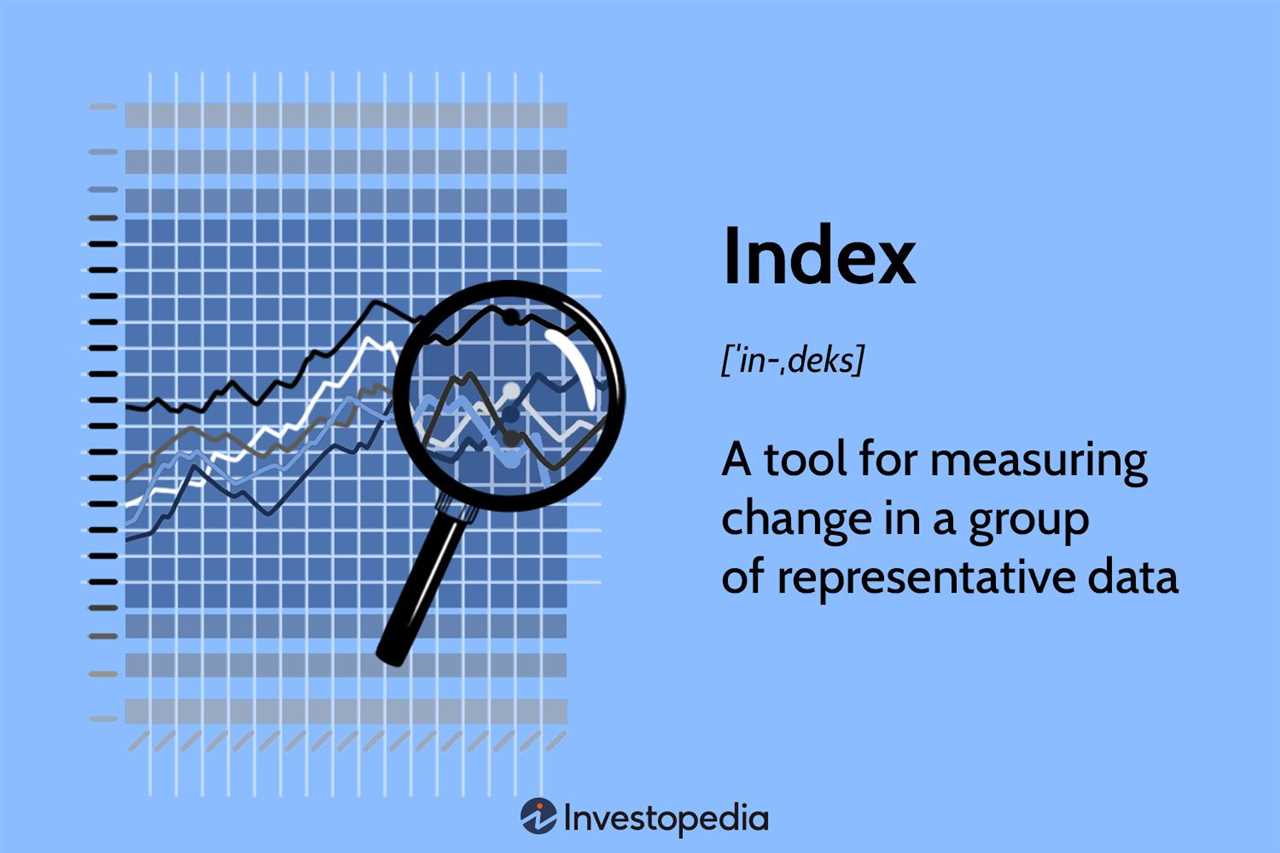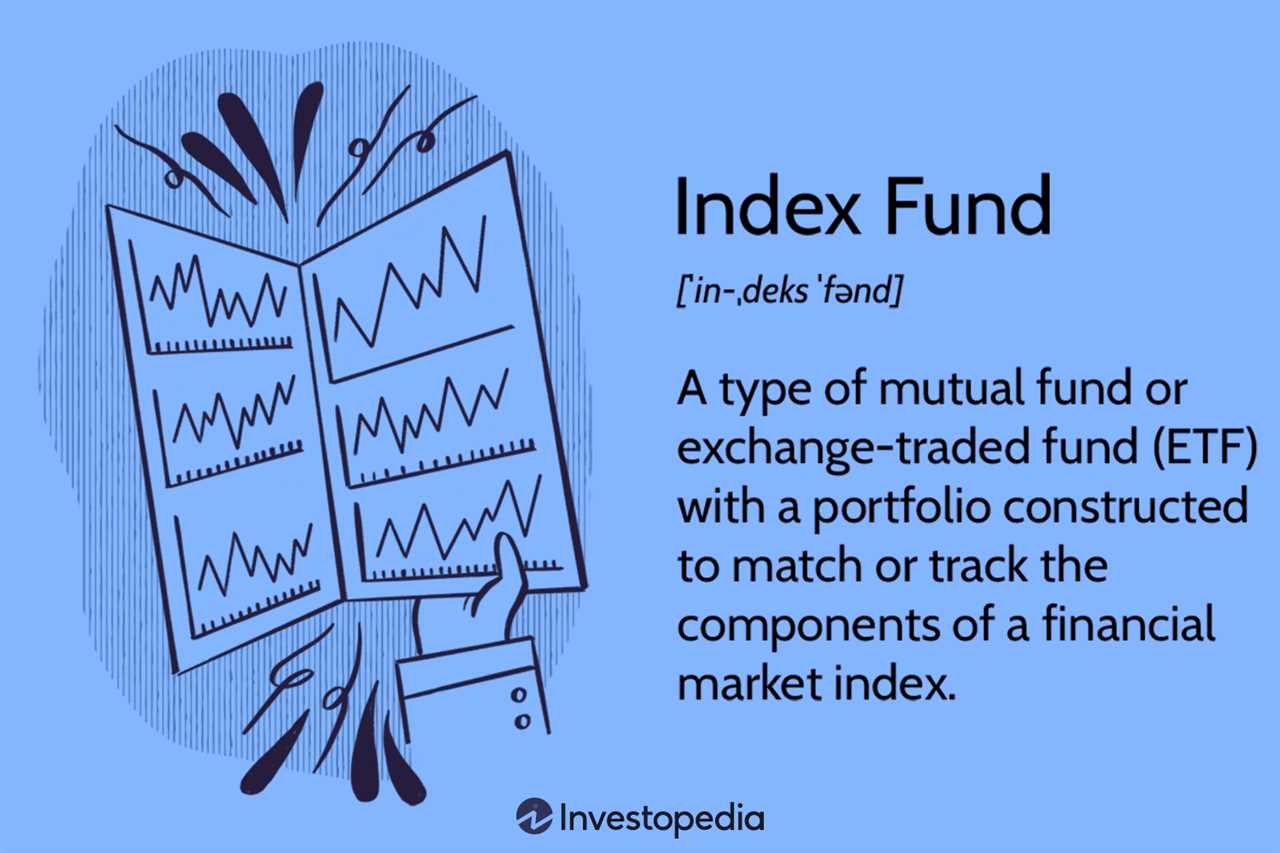Investing in an Index: A Comprehensive Guide with Examples and Frequently Asked Questions

What is an Index?

An index is a benchmark that represents a specific market or sector. It is typically composed of a basket of stocks or other assets that are selected and weighted based on certain criteria, such as market capitalization or industry classification. The performance of an index is used to track the overall performance of the market or sector it represents.
Why Invest in an Index?

Investing in an index offers several advantages:
- Diversification: By investing in an index, you gain exposure to a wide range of stocks or assets, reducing the risk associated with individual stock picking.
- Low Costs: Index funds typically have lower expense ratios compared to actively managed funds, making them a cost-effective investment option.
- Consistent Performance: Over the long term, index funds have historically outperformed many actively managed funds, thanks to their passive investment approach.
- Easy Accessibility: Index funds are widely available and can be easily purchased through brokerage accounts or retirement plans.
Examples of Popular Index Funds
There are numerous index funds available to investors, each tracking a different index. Here are a few examples:
- S&P 500 Index Fund: This fund tracks the performance of the 500 largest publicly traded companies in the United States, offering broad exposure to the U.S. stock market.
- Dow Jones Industrial Average (DJIA) Index Fund: This fund tracks the performance of 30 large, blue-chip companies listed on the New York Stock Exchange.
- NASDAQ-100 Index Fund: This fund tracks the performance of the 100 largest non-financial companies listed on the NASDAQ stock exchange.
Frequently Asked Questions
Here are answers to some commonly asked questions about index investing:
- Can I invest in an index directly? No, you cannot invest directly in an index. However, you can invest in index funds or exchange-traded funds (ETFs) that replicate the performance of an index.
- What is the difference between an index fund and an ETF? While both index funds and ETFs track an index, the main difference is the way they are traded. Index funds are bought and sold at the end of the trading day at the net asset value (NAV), while ETFs can be bought and sold throughout the trading day on an exchange like a stock.
- Are index funds suitable for long-term investing? Yes, index funds are a popular choice for long-term investing due to their low costs and consistent performance over time.
- Do index funds pay dividends? Some index funds do pay dividends, while others reinvest the dividends back into the fund. It depends on the specific index fund and its distribution policy.
Index trading strategy is a popular investment approach that involves buying and selling securities based on the performance of a specific index. This strategy allows investors to gain exposure to a broad market or a specific sector without having to buy individual stocks.
What is an index?
An index is a statistical measure of the performance of a group of stocks or other securities. It is used to represent the overall performance of a particular market or sector. Some well-known examples of indexes include the S&P 500, Dow Jones Industrial Average, and Nasdaq Composite.
How does index trading strategy work?

Index trading strategy involves tracking the performance of an index and making investment decisions based on its movements. There are two main approaches to index trading strategy:
- Passive index investing: This approach involves buying and holding a portfolio of securities that replicate the composition of the index. The goal is to match the performance of the index over time. Passive index investing is often done through index funds or exchange-traded funds (ETFs).
- Active index trading: This approach involves actively buying and selling securities based on the movements of the index. Active index traders aim to outperform the index by timing their trades and taking advantage of short-term market fluctuations.
Both passive and active index trading strategies have their advantages and disadvantages. Passive index investing is generally considered a more conservative approach with lower fees, while active index trading can potentially generate higher returns but comes with higher risks and costs.
Benefits of index trading strategy
Index trading strategy offers several benefits to investors:
- Diversification: By investing in an index, investors gain exposure to a wide range of securities, which helps to spread the risk.
- Lower costs: Index funds and ETFs typically have lower expense ratios compared to actively managed funds, making them a cost-effective investment option.
- Transparency: The composition and performance of an index are publicly available, allowing investors to make informed decisions.
- Liquidity: Index funds and ETFs can be easily bought and sold on the stock exchange, providing investors with liquidity.
Conclusion
Index trading strategy is a popular and effective way to invest in the stock market. Whether you choose passive index investing or active index trading, it is important to understand the risks and benefits associated with each approach. By diversifying your portfolio and keeping a long-term perspective, you can potentially achieve your investment goals with index trading strategy.

Emily Bibb simplifies finance through bestselling books and articles, bridging complex concepts for everyday understanding. Engaging audiences via social media, she shares insights for financial success. Active in seminars and philanthropy, Bibb aims to create a more financially informed society, driven by her passion for empowering others.
